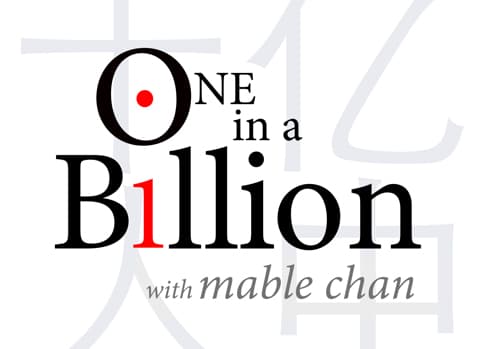The application process to U.S. universities is like a game. The application process itself is tedious and daunting, but the types of application — Early Action (EA), Early Decision (ED), Restrictive Early Action (REA), and Regular Decision (RD)—add to the fun of college application.
Mid-December is the time when the results of early applications come out. Early applications indicate people’s interests in specific schools and increase the applicants’ chances of getting in their favorite schools. Different types of “early” application involve different applying strategies. Each school offers one “early” application type. ED is binding while EA is non-binding. One can submit multiple EA applications but there can be only one ED application. ED and EA can coexist, but REA applicants are totally “restricted” in the early stage.
Because ED is binding, it’s always a tough decision to make. A friend of mine decided to submit an ED application to Brown. After numerous information sessions given by various colleges, she found out that the different schools actually shared a lot in common; they all bragged about their diversity, history, good location (whether urban or rural), strong faculty, and outstanding students. That’s why Brown, a school with distinguishing characteristic — the Open Curriculum — attracted her so much. After submitting her application to Brown, the period before the result came out was trying her soul. She initially considered herself a strong candidate, but when her unsatisfying November SAT scores came out, she committed herself to the RD applications and didn’t expect much from Brown.
Another friend had been in love with the University of Chicago for a long time, so her only early application went to U Chicago’s EA. It seemed an easy decision, but it took courage. Because U Chicago’s EA is non-binding, over 10,000 applicants from around the world submitted their EA applications this year, making it more competitive than Harvard. An ED application to another school would also stand a good chance, but a binding ED application would threaten her chance of going to U Chicago, so her only hope lay in the ultra-competitive U Chicago EA. Days before the results came out, she wondered if she could be chosen among the 10,000 early applicants.
The losses in early applications can be salvaged in Regular Decision, but there’s something that makes people feel particularly bad about early applications—deferral. One friend of mine is dubbed King of Deferral, for he submitted EA applications to half a dozen schools and got straight deferrals, which made him feel that his EA efforts had been in vain. However, his dream school, the University of Chicago, announced its results later than any other schools, giving him the last bit of faith in EA, but he expected a deferral anyway.
The three of them made tough choices, believed in their decisions, and had faith in themselves. With a little bit of luck, the three stories above are all capped with a letter of admissions starting with “Congratulations!”
申请美国大学如同一场竞赛,其过程单调无趣。
早期申请的结果于十二月中旬揭晓。
因为ED像一张“卖身契约”,
另一位朋友,X同学,是芝加哥大学的忠实粉丝;自然,
早期申请的失意可以从正常申请中弥补,
我的三位朋友都经历了艰难的抉择,对自己的决定无怨无悔,


